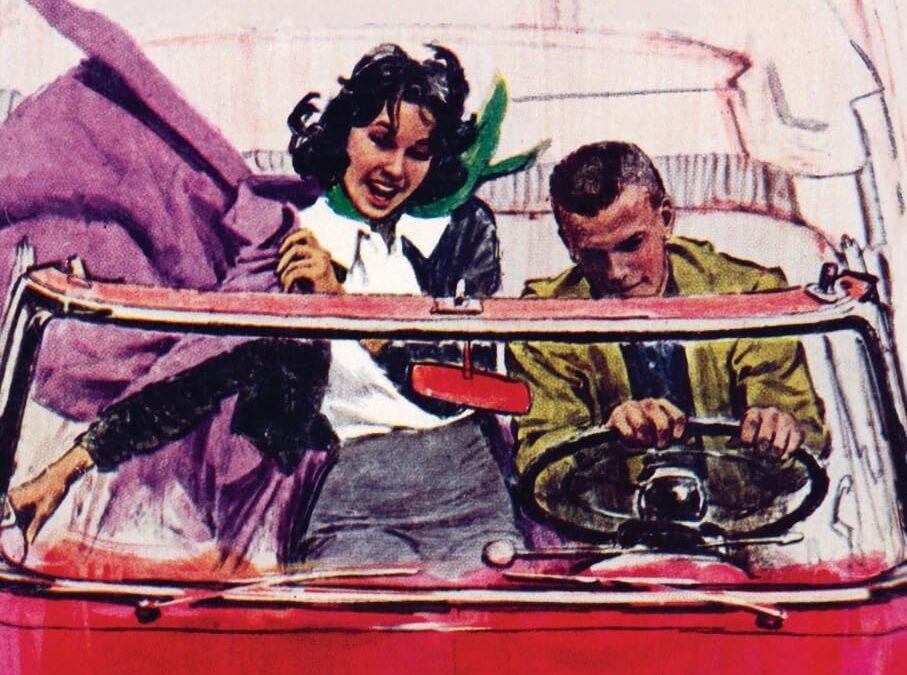
Can a teenager afford a car? Even a cheap old one?
Woody Ahern thought he could. He had a job after school, he had saved a little money, and, as he pleaded with his father, the main reason he and the other members of his car club wanted a car was so that they could work on it.
Woody would get his car—for forty dollars. He named it Sidekick, and from the moment the thirteen-year-old wreck became his very own, Woody lavished on it all his love and devotion. He was sure that when it was done it would be the most beautiful car imaginable. He could even see himself driving Sandra to the spring dance . . . but it would take a lot of work before Sidekick was safe to drive. And before that work was complete Woody would come to learn a great deal—not only about cars, but also about human relationships and his own goals in life.
Road Rocket captures the heart and soul of 1950s hot rod culture. The lean, mean story follows Ahern’s hard-driving path to rodding redemption, riffs on some meaningful messages, and unleashes a fast and furious read. Dig in and learn what millions of readers already know; the world’s most popular hot rod novel is a hopped-up high-horsepower thrill ride.
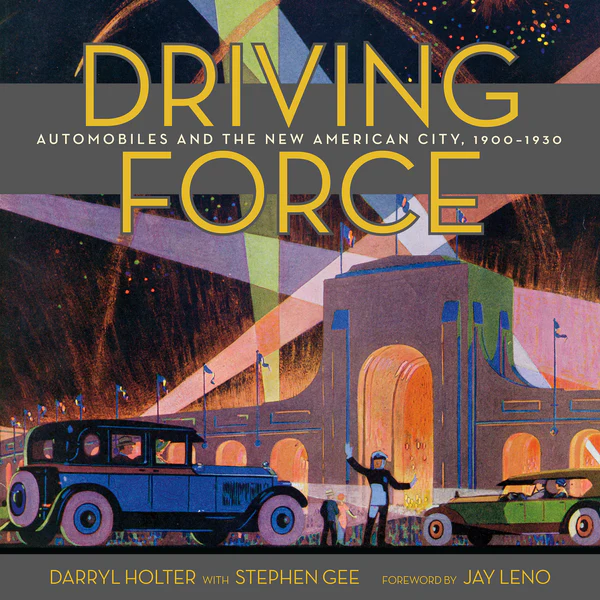
Driving Force: Automobiles and the New American City 1900-1930 (Angel City Press) explores how Los
Angeles’s enigmatic car culture propelled the explosive growth of America’s passion for cars. And with thoroughly researched text and page-after-page of vintage images, it shows how roadblocks that limited the sales of automobiles in the rest of the country, were eliminated in a new-thinking city in the earliest days of the car industry.
At the dawn of the twentieth century, as Los Angeles transformed from a rugged outpost to a booming metropolis, so too did the fledgling automobile simultaneously come of age. Ignited by an unlikely and visionary mix of entrepreneurs who ventured into unknown territory, early adopters broadened the market and convinced the public that cars were no longer a luxury—they were the ultimate modern necessity. From these early enthusiasts, men and women in various business recognized that the automobile would change society and wanted a piece of that action. The city’s auto business emerged initially among bicycle shop owners, carriage retailers, and automobile aficionados who started selling—and repairing!—cars. Their workshops thrived, expanded, and eventually became dealerships, the key component to the auto boom.
In this first major history of dealers at work—and one of the first books to chronicle the early history of cars in Los Angeles—authors Darryl Holter and Stephen Gee share the untold story of pioneering automobile dealers who seized the chance to join a start-up industry that reinvented an American city. Some became wealthy and powerful, others failed. But the lure of the automobile never wavered.
The L.A. dealers helped change the way cars were sold. They championed selling cars on credit while accepting“used cars” that buyers “traded in” so they could buy a new one. They introduced the West Coast to the concept of dealerships with service bays for on-site car repairs; persuaded manufacturers to design cars to their specifications and created custom vehicles and innovations that were copied around the country.
With more than 150 spectacular vintage images—many never before published—Driving Force brings to life the people who made the automobile an icon of the modern American city. In its pages, readers will discover how the story of the automobile is interwoven with Southern California’s unique topography and sun-drenched climate; a new era of women’s rights, and a growing female influence on automobile design; the creation of the Los Angeles Auto Show and the remarkable 1929 fire that threatened to destroy it; and how car dealers launched renowned L.A. radio and television stations, including KNX, KFI, and KCBS-KCAL.
As car collector extraordinaire Jay Leno explains in his Foreword to Driving Force, “Darryl Holter shows that auto retailers connected manufacturers to buyers, changing America and shaping the history, economy, and culture of Los Angeles.”
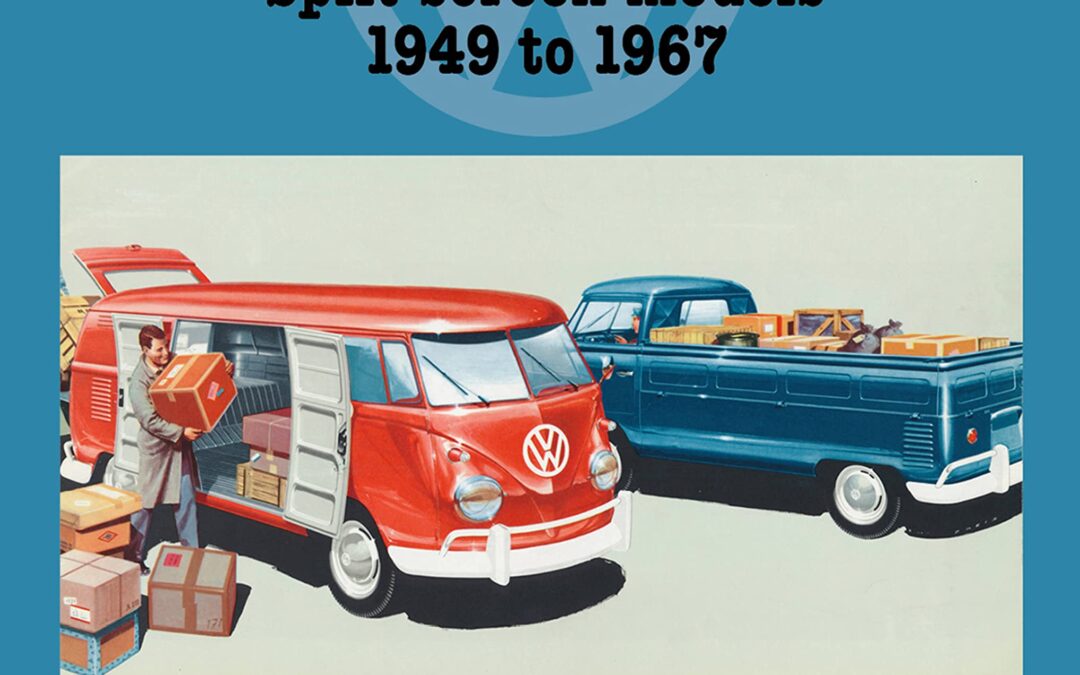
From a simple sketch of a box-shaped delivery vehicle to one of the most recognisable silhouettes in motoring, the first-generation VW Transporter formed the genesis of what was to become the best-selling van in history.
Unveiled in November 1949, the quirky VW Transporter would soon find demand for its services throughout the world, thanks to its cab-forward layout, ingenuity and adaptability. The initial Panel Van gave rise to a flexible Pick-up, revolutionary Kombi, adventurous camper and and an endless catalogue of inspired conversions and variations. There were ambulances, mobile shops, school buses, fire tenders, high-roofed vans, double-cab pick-ups, police vans, mobile milking machines, and so many more.
As Volkswagen survived Second World War turmoil and thrived under the firm focus of director general Heinz Nordhoff, this book charts the progress of the innovative Transporter as its initial weaknesses were improved and eventually perfected to exploit the Beetle-based rear-engined layout.
Much like the Beetle, the Transporter gained a cult following around the globe, with its attributes as a commercial vehicle equalled by its status as a hippie bus and stalwart of the surfing community. There was barely a nation on Earth where the Transporter hadn’t become engrained in its culture or everyday life.
VW replaced the German-built first Transporter with a second-generation machine in 1967, but manufacturing continued in Brazil until 1975 – where the rear-engined platform itself remained in production until 2013.
It’s no wonder, then, that the first-generation Transporter is so well-loved today, and why its incredible story can be told here in such beautifully-presented and expertly-researched detail. From the first drawings and prototypes of the late-1940s to the final split-screen Transporters of 1967 and South American derivatives of the 1970s, Volkswagen author Richard Copping guides us through an unmissable volume where each model, all variants and every option of the first-generation Transporter is lavishly accompanied by sumptuous period photography and stunning brochure illustrations.
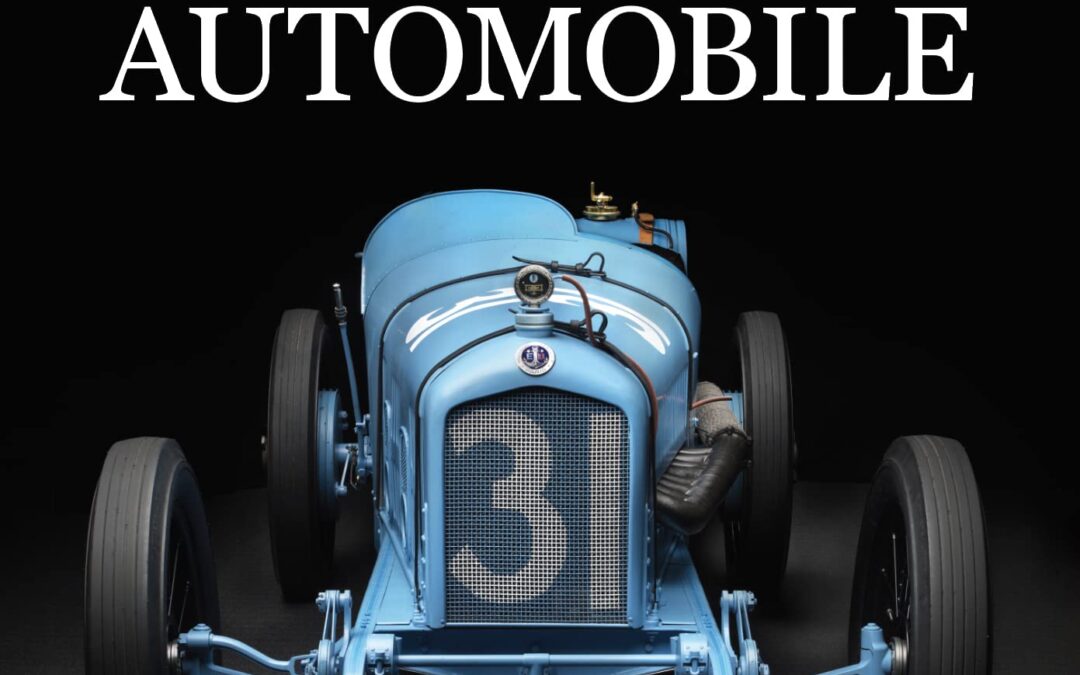
In the last one hundred years, cars have shaped our lives. Other everyday cultural artifacts, such as watches, telephones, musical instruments, and televisions, have certainly had influence, but the car is by far the most significant. Now, change is coming for the car, as it is for so many other industrial artifacts. Once, cars were distinct machines. Now, they are evolving into multifunctional digital devices. New fuels, new modes of travel, and new technologies are disrupting the traditional role of the much-loved family car.
What is to become of this material legacy? Should we really let go of it? Without memory, personal and shared, we lose our way, our individuality, and our culture. This proposition is at the heart of The Archaeological Automobile.
Miles C. Collier’s landmark approach uses an “archaeological mindset” to interpret the automobile as a cultural artifact in six themes:
The Development of the Automobile describes how the car emerged from a pressing human need for mobility, tracing our relationship with horses, our invention of the bicycle, and how we turned our backs on both as daily transport for the allure of the car.
The Rise of the Collectible Automobile asks how and why ratty relics decaying in recycling yards can become valuable and treasured collectibles. It reveals the effect of cultural influences on our perception of cars and on the dynamics of the collector car market.
The Archaeological Mindset picks up a wrench, gets into the workshop, and tracks the restoration of a 1919 Ballot Indy car using hands-on experience and background research while deploying the “archaeological imagination.” The archaeological clues are in the detail.
Collecting and the Archaeological Automobile deals with the characteristics of collecting. Why do we accumulate “stuff”? Is it greed? Is it passion? Is it a desire for legacy? And what makes a “good” collection? Is it bling? Is it style? Is it material worth? The answer lies in connoisseurship.
Restoring the Archaeological Automobile debates the merits of diverse restoration strategies and the reasoning behind them, including the tricky question of how to repaint the tilt-front nose of a 1964 Alfa Romeo GTZ racing car and still preserve the evidence of forty years of accumulated sandblasting and chipping.
The Archaeological Automobile of the Future is a call to action. Cars as we know them are customarily trashed, government regulations encourage indifference, and the skills and knowledge associated with fixing them are slowly vanishing as we lose older generations of experienced craftsmen. How can we preserve humanity’s treasure trove of automotive knowledge for generations to come?
Filled with engaging stories and practical examples, this is a handbook of the most thoughtful practices, not just for automobile owners and the historical car industry, but for collectors, professionals, and users of all kinds of industrial era artifacts.
The Archaeological Automobile combines scholarship, pertinent anecdotes, style, and experience to provide a stimulating account of why we should all be archaeologists now.
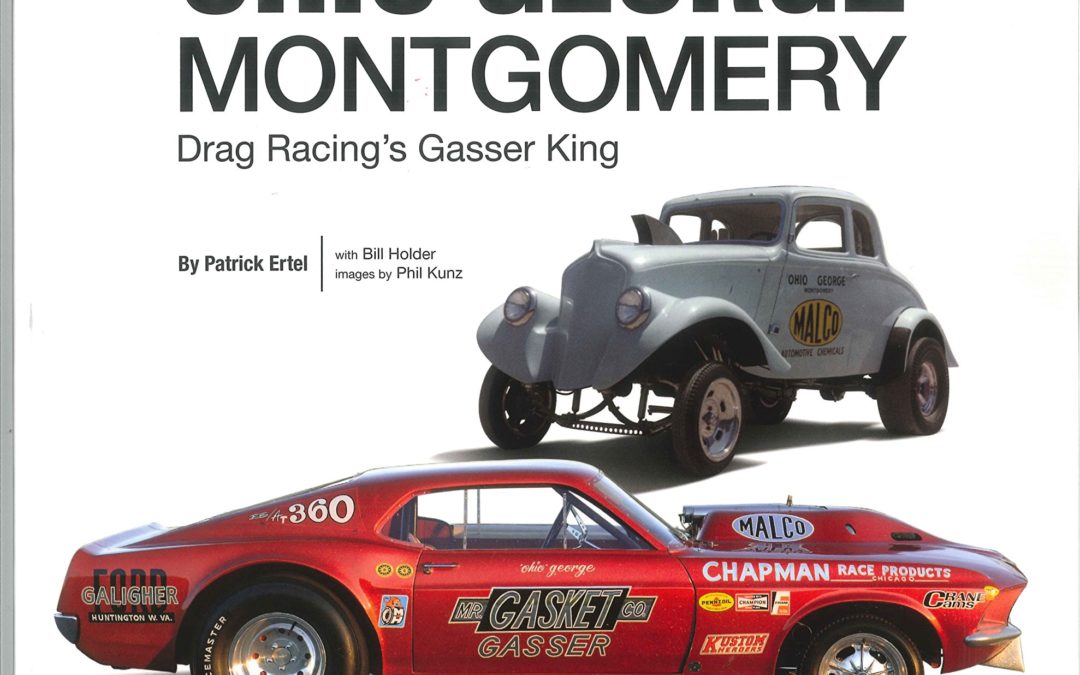
As a young man, George Montgomery lived for cars. He came of age in the classic era of the hot rod and fully immersed himself in the car culture. George Took car building seriously and went on to become one of the pioneers of the sport of drag racing. From a little shop in a suburb of Dayton, Ohio, he built and raced cars that led the world in innovation and craftsmanship. George was a leading participant in the famous “Gasser Wars” match races of the 1960’s where he earned the moniker “Ohio George,” while driving his iconic 1933 Willys to victory after victory. The era of the Gasser Wars was one of the most colorful chapters in racing history and George was one of the most successful racers of the time. Always in innovator, Montgomery built the groundbreaking Malco Gasser Mustang in 1967 and followed it with the revolutionary Mr Gasket turbocharged Mustang a few years later. After retiring from racing in 1985, George became one of the most successful engine builders in the country. He is the recipient of the National Hot Rod Association’s most prestigious awards, including the Lifetime Achievement Award, and is listed as one of drag racing’s top 50 all time drivers.







